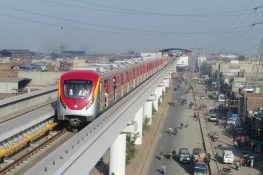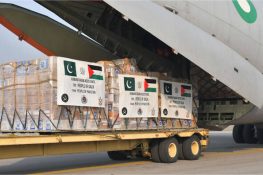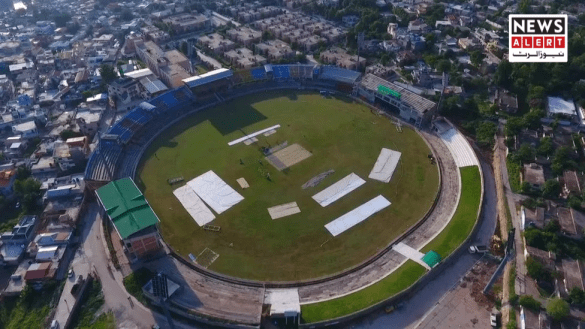Lahore Once Again the World’s Most Polluted City
Lahore has once again topped the list of the world’s most polluted cities, according to data released by the global air quality monitoring organization IQAir. A detailed breakdown of this alarming trend is available in our report, Lahore Tops Global Air Pollution Rankings Once Again. Pakistan’s largest metropolis, Karachi, followed closely behind, ranking fourth.
On Friday morning, Lahore recorded an Air Quality Index (AQI) of 312, placing it in the hazardous category. In comparison, India’s capital New Delhi ranked second with an AQI of 206, Kolkata third at 174, and Karachi fourth at 173.
These figures reflect a troubling trend that has become an annual occurrence for major cities across South Asia, particularly during winter months when smog blankets urban centers due to a combination of industrial emissions, vehicle exhaust, crop burning, and stagnant weather patterns.
Punjab’s Air Quality Reaches Dangerous Levels
Data from the Punjab Air Quality Index shows that some areas within the province have reached alarming pollution levels.
In Chak Jhumra, air quality was recorded at an extreme level of 664 AQI, followed by Faisalabad (579), Raiwind (470), Kasur (439), and Pattoki (362).
Environmental experts warn that these numbers indicate severe health hazards, particularly for vulnerable groups such as children, the elderly, and individuals suffering from asthma or other respiratory illnesses.
Doctors have urged citizens to avoid unnecessary outdoor activities, keep windows closed, and wear N95 or KN95 masks when venturing outside. Long-term exposure to such levels of pollution can cause chronic respiratory issues, cardiovascular diseases, and other health complications.
Health Experts Raise Alarms Over Growing Smog Crisis
Environmental specialists say Lahore’s worsening air quality has become a public health emergency. The city’s smog problem, once seasonal, now persists for much of the year.
According to the World Health Organization (WHO), safe air quality levels should not exceed 50 AQI. Lahore’s reading of more than 300 AQI means the city’s air contains dangerously high levels of fine particulate matter (PM2.5) — tiny particles that penetrate deep into the lungs and bloodstream.
A 2023 IQAir report ranked Pakistan among the top five most polluted countries globally, with average annual PM2.5 concentrations several times higher than WHO recommendations.
Government Launches Anti-Smog Efforts
In response, the Punjab government has launched an anti-smog campaign that includes the use of anti-smog guns — machines that spray mist into the air to settle dust particles and reduce pollution levels.
Authorities have also issued warnings to industrial units and brick kilns operating without environmental controls. School closures and work-from-home policies are being considered if air quality continues to deteriorate.
However, environmentalists argue that such short-term measures are not enough. They stress the need for long-term reforms, including stricter vehicle emission standards, cleaner fuels, and better public transportation systems.
Urgent Need for Sustainable Solutions
Experts agree that Pakistan must treat air pollution as a national priority. With millions exposed daily to hazardous air, the country faces growing health and economic costs.
According to the World Bank, environmental degradation costs Pakistan nearly 6% of its GDP annually, largely due to air pollution-related health impacts and productivity losses.
As Lahore once again tops the global pollution charts, residents are left demanding more decisive government action — not just temporary fixes but sustainable, science-backed solutions to breathe cleaner air.















